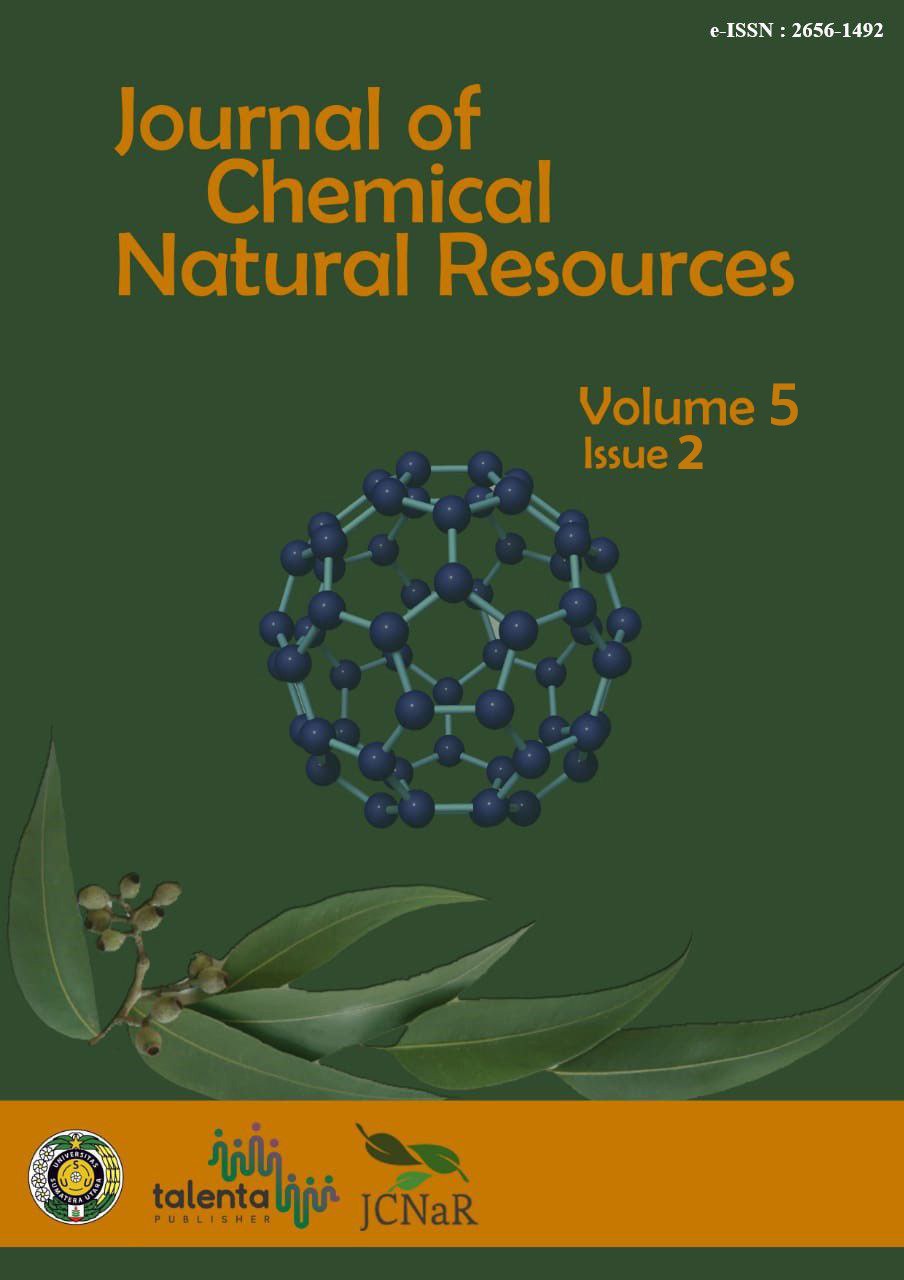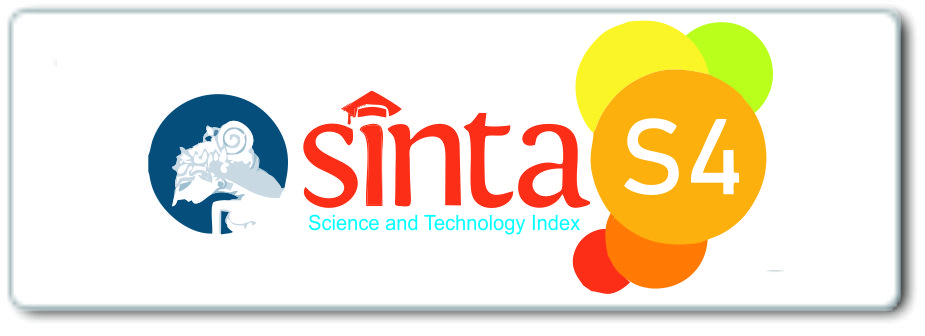Effectiveness of Activated Zeolite in Reducing Iron (Fe) and Zink (Zn) Metal Levels in Borehole Water
DOI:
https://doi.org/10.32734/jcnar.v5i2.13793Keywords:
Activated Zeolite, Adsorption, Atomic Absorption Spectrophotometer, Borehole Water, X-Ray FluorescenceAbstract
Research has been carried out on the adsorption of iron (Fe) and zinc (Zn) metal levels using activated zeolite with acid and base in healthy water. Characterization was carried out on activated zeolite using X-ray Fluorescence (XRF). Samples were taken from borehole water from Puji Mulyo area, Deli Serdang, and preserved with HNO3 until pH < 2, then digested. Determined the concentration of iron (Fe) and zinc (Zn) before and after the addition of activated zeolite by NaOH and HCl using an Atomic Absorption Spectrophotometer (AAS) with length-specific waves are 248.3 nm for iron (Fe) and 213.9 nm for zinc (Zn) metal. The results showed that the concentration of iron (Fe) and zinc (Zn) in the borehole water after the addition of activated zeolite decreased. Zeolite activated by NaOH absorbs iron (Fe) metal by 68.60% and absorbs zinc (Zn) metals by 37.91%. Meanwhile, Zeolite activated by HCl absorbs iron (Fe) by 42.37% and absorbs zinc (Zn) metal by 15.17%. This research shows that the effectiveness of percentage (%) decreasing the concentration of iron (Fe) and zinc (Zn) metal using activated zeolite with NaOH was more significant and more effective than activated zeolite with HCl.
Downloads
References
K. Khaira, “Analisis Kadar Tembaga (Cu) Dan Seng (Zn) Dalam Air Minum Isi Ulang Kemasan Galon Di Kecamatan Lima Kaum Kabupaten Tanah Datar,†J. Sainstek, vol. VI, no. 2, pp. 116–123, 2014.
P. Maulana, Fungsi dan Manfaat Air. 2012.
P. Lestari and Y. Trihadiningrum, “The Impact Of Improper Solid Waste Management To Plastic Pollution In Indonesian Coast And Marine Environment,†Mar. Pollut. Bull., vol. 149, 2019, doi: https://doi.org/10.1016/j.marpolbul.2019.110505.
S. Abdullahi, C. E. Ndikilar, A. B. Suleiman, H. Y. Hafeez, and J. State, “Evaluation of Heavy Metal Concentration in Drinking Water Collected from Local Wells and Boreholes of Dutse Town , North,†Adv. Phys. Theor. Appl., vol. 51, pp. 1–20, 2016.
M. Sutarti and R. M, “Tinjauan Literatur. Zeolit,†1994.
S. Ginting, “Kemampuan zeolit alam dalam menyerap logam-logam berat (Fe++ dan Mn++) dalam air tanah, Prosiding seminar hari air sedunia IX.,†Universitas Bandar Lampung, 2023.
K. Priatna, S. Suharto, and A. Syariffudin, “Prospek Pemakaian Zeolit Bayah Sebagai Penyerap NH4+ Dalam Air Limbah,†Lap. Tek. Pengembangan., vol. 69, 1985.
H. Suyartono, “Tinjauan terhadap kegiatan penelitian karakterisasi dan pemanfaatan zeolit Indonesia,†Bandung, 1991.
I. Simanjuntak, H. Agusnar, and H. Marpaung, “Comparative Study of The Absorption of Active Zeolite and Ethylenedimintetraacetate (EDTA) Modified Zeolite as Absorbent in a Mixture of Copper (II), Nickel (II), and Zinc (II) Ions,†vol. 02, no. 01, pp. 58–65, 2020.
G. Jozefaciuk and G. Bowanko, “Effect of Acid and Alkali Treatments on Surface Areas and Adsorption Energies of Selected Minerals,†J. Clays Clay Miner. Pol., 2020.
J. Li, M. Gao, W. Yan, and J. Yu, “Regulation of the Si/Al ratios and Al distributions of zeolites and their impact on properties,†R. Soc. Chem., vol. 14, pp. 1935–1959, 2023.
E. E. Ünveren, B. Ö. Monkul, Ş. Sarıoğlan, N. Karademir, and E. Alper, “Solid amine sorbents for CO2 capture by chemical adsorption: A review,†Petroleum, vol. 3, no. 1, pp. 37–50, 2017, doi: 10.1016/j.petlm.2016.11.001.

Downloads
Published
Issue
Section
License
Copyright (c) 2023 Journal of Chemical Natural Resources

This work is licensed under a Creative Commons Attribution-ShareAlike 4.0 International License.














